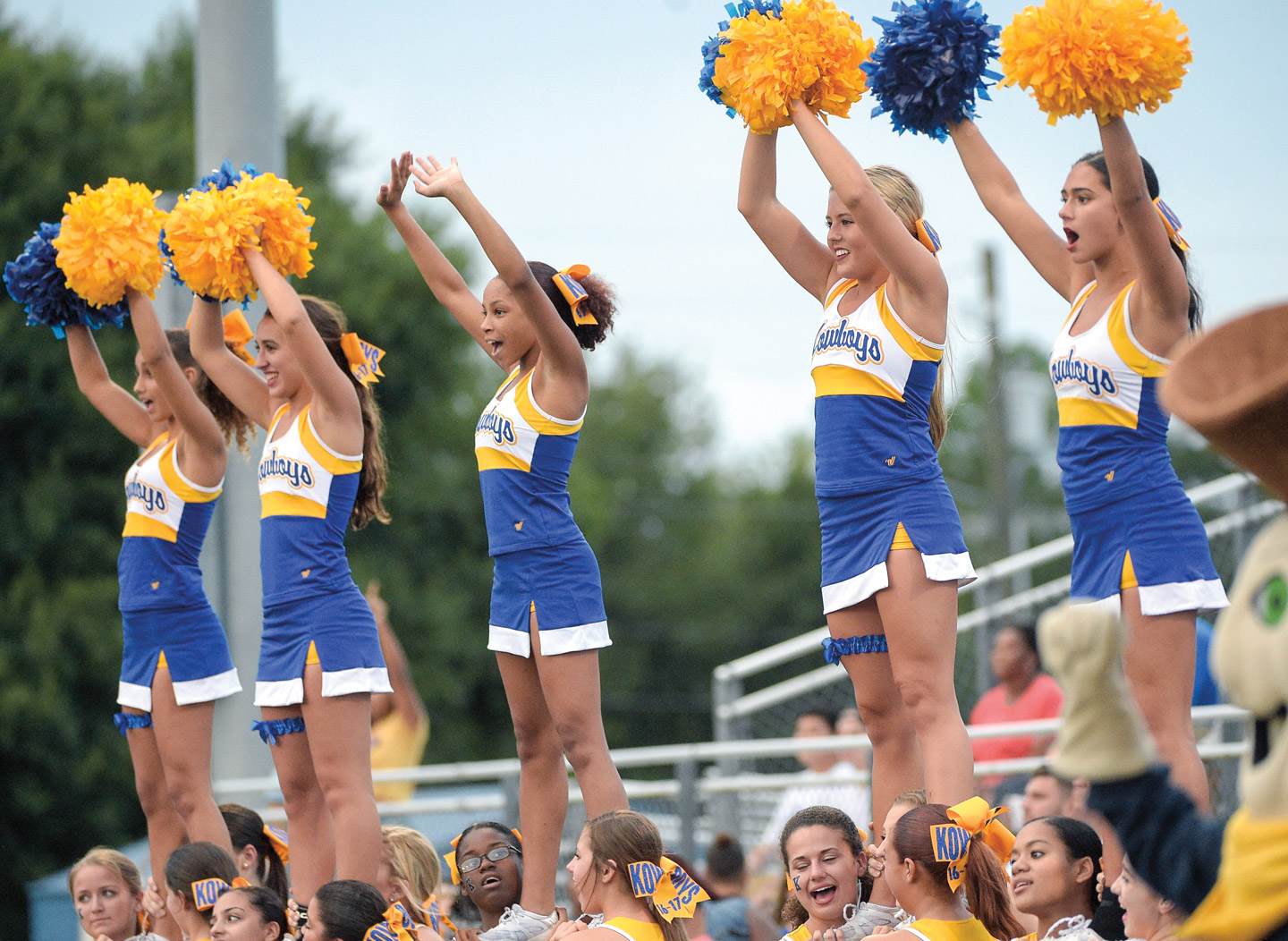Gavin Grimm is a transgender boy in Gloucester, Virginia. That means he was born female but he identifies as male. When he started 10th grade at Gloucester High School in the fall of 2014, he began referring to himself publicly as a boy.
By then, Gavin (above) had already cut his hair short and started getting testosterone shots. He got permission from the school principal to begin using the boys’ bathroom.
But when the community found out, a massive controversy erupted. Gloucester County’s school board voted to prevent Gavin from using the boys’ bathroom, and he filed a lawsuit, saying the policy violated his civil rights. That lawsuit has now made its way to the Supreme Court.
Gavin’s lawyers argue that the district’s bathroom policy is unconstitutional under the 14th Amendment, which guarantees all Americans “equal protection of the laws.” It comes at a time of intense debate over transgender rights. Last year, North Carolina passed a law requiring transgender people who are in government buildings to use bathrooms that correspond with the gender on their birth certificates. This law sparked protests, boycotts, and lawsuits. So far, efforts to repeal it have failed.
“The only thing I ever asked for was the right to be treated like everyone else,” says Gavin, now 17 and a senior.
But Gary McCaleb, a lawyer with the Alliance Defending Freedom, a group supporting the school board, says the case is about protecting the privacy and safety of all students. “Federal law should not be twisted to require that a male be given access to the girls’ facilities or a female to the boys’ facilities,” he says.
There’s a chance Gavin’s case will be dismissed. Part of the lawsuit involves whether Gloucester’s policy constitutes gender discrimination, which is prohibited by the federal law known as Title IX. The Obama administration said the bathroom policy was discriminatory, and that the school district was in violation of Title IX and therefore at risk of losing federal education funding.
But the Trump administration is likely to have a different interpretation, and experts say that could prompt the justices to dismiss the case. No matter what happens, the Court seems likely to decide a transgender rights case at some point.
“It’s an issue that the Supreme Court will be grappling with eventually,” says David Strauss, a law professor at the University of Chicago.

